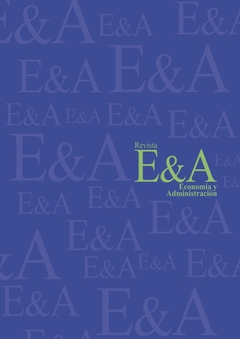Growth, economic cycles, and GDP gap of Honduras 2000-2022: analysis and projections
DOI:
https://doi.org/10.5377/eya.v16i1.19210Keywords:
Growth, ARIMA, Stationary, Cycles, Potential OutputAbstract
The analysis conducted in this study aims to examine the behavior and forecast of real production and growth of Honduras during the period 2000-2022. In the first part, the quarterly real GDP data is replicated using univariate ARIMA models with different AR and MA levels, as well as a constant value for the drift, and finally, an adjustment with dummy variables for relevant shock periods. The process of selecting the best model is thoroughly described and explained. In this stage, short-term projections are also made and analyzed, specifically for 8 quarters into the future.
In the second part, the economic cycles of Honduras during the period are estimated, emphasizing the duration and amplitude of the recession and expansion stages, as well as the average duration of the cycles. Finally, an analysis of potential GDP and the output gap is conducted, highlighting moments of greater boom or gap. Two filtering techniques, whose empirical relevance has been the subject of debate in recent years, are used for these analyses: the Hodrick-Prescott and Hamilton filters.
Downloads
575
Downloads
Published
How to Cite
Issue
Section
License
Copyright (c) 2024 IIES-UNAH

This work is licensed under a Creative Commons Attribution-ShareAlike 4.0 International License.
Los autores que publican en esta revista están de acuerdo con los siguientes términos:
- Los autores conservan los derechos de autor y garantizan a la revista el derecho de ser la primera publicación del trabajo al igual que licenciado bajo una Creative Commons Attribution License que permite a otros compartir el trabajo con un reconocimiento de la autoría del trabajo y la publicación inicial en esta revista.
- Los autores pueden establecer por separado acuerdos adicionales para la distribución no exclusiva de la versión de la obra publicada en la revista (por ejemplo, situarlo en un repositorio institucional o publicarlo en un libro), con un reconocimiento de su publicación inicial en esta revista.
- Se permite y se anima a los autores a difundir sus trabajos electrónicamente (por ejemplo, en repositorios institucionales o en su propio sitio web) antes y durante el proceso de envío, ya que puede dar lugar a intercambios productivos, así como a una citación más temprana y mayor de los trabajos publicados (Véase The Effect of Open Access) (en inglés).




